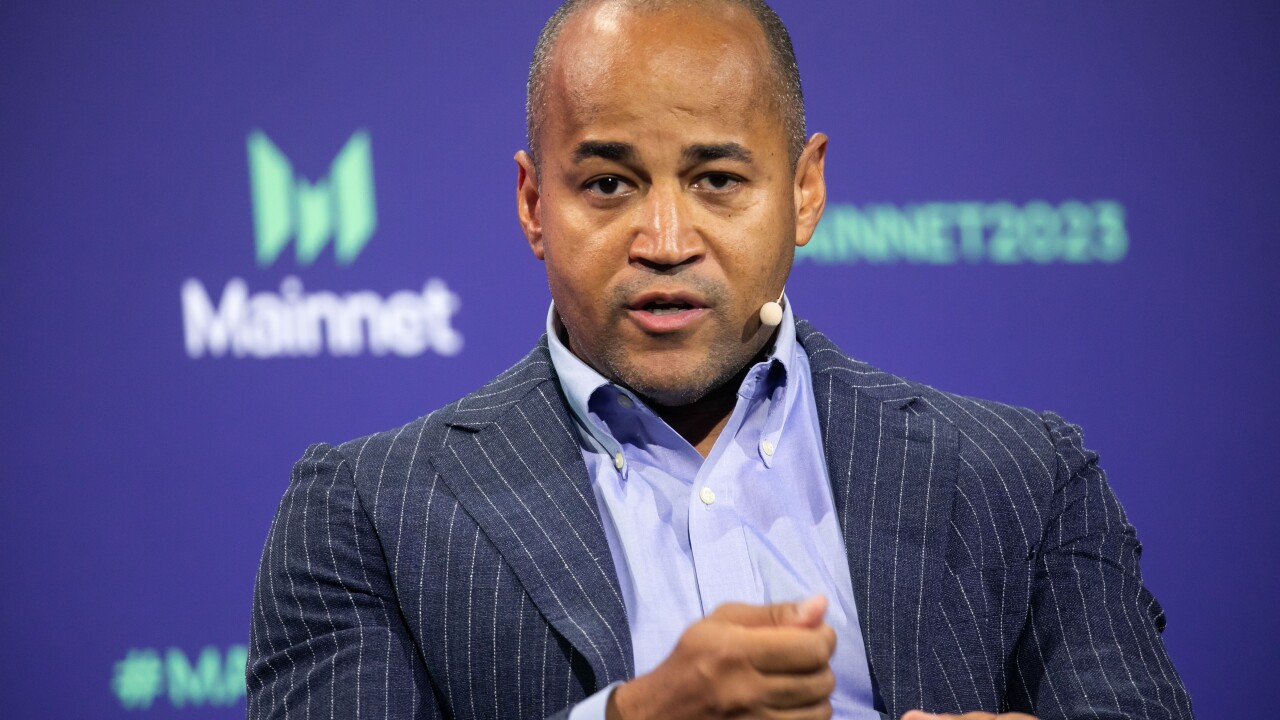Lynn Harton has just as much — if not more — of an appetite for M&A as his predecessor at United Community Banks in Blairsville, Ga.
United added $3.6 billion in assets between 2015 and 2018, largely by acquiring banks along the East Coast.
Harton, who succeeded Jimmy Tallent as the $12.5 billion-asset company's CEO in 2017 and as chairman last month, also has an eye for deals. While comfortable with acquisitions in existing markets — including May's purchase of First Madison Bank & Trust in Athens, Ga. — Harton also wants to target banks beyond United's four-state footprint.
The company prefers smaller deals, with the $244 million-asset First Madison sitting at the low end of Harton's size range.
“We’ve had a great history in integrating small institutions in our footprint with leaders that we know,” Harton said.

First Madison, and the November 2017 purchase of Four Oaks Fincorp in Raleigh, N.C., are indicative of the kinds of small deals United will likely pursue, said Catherine Mealor, an analyst at Keefe, Bruyette & Woods. She added that the pending merger of BB&T and SunTrust, which will be
“Whenever you have large deals like this, the smaller banks in the market can pick off some really nice lending opportunities,” Mealor said.
Harton has several new markets in mind. While United has branches in eastern Tennessee, it would like to be in Chattanooga and Nashville down the road. Alabama and Florida also make sense, Harton said.
“Nashville’s a great market, but it’s a very competitive place to be,” he cautioned. "Florida has a lot of great markets that would fit with our model."
United stays in regular contact with a list of potential targets. Deal pricing today is “not unreasonable,” with many sellers looking for 175% to 200% of their tangible book value. In those instances, United could earn back any dilution to its own tangible book value in three years or less.
“I do believe that we’ll continue to be pretty active acquirers in the M&A space,” he said.
As for the region's megamerger, Harton said his team is "going to be much more flexible and responsive than BB&T or SunTrust can be."
(Harton began his banking career with a 20-year stint at BB&T before leaving in 2003 to become chief credit officer at Regions Financial.)
While Georgia is seeing a lot of mergers, Joe Brannen, president and CEO of the Georgia Bankers Association, said it is too early to tell how consolidation will change the banking landscape.
“Georgia is a great state in which to do business, and I expect our bankers will remain hyper-competitive,” Brannen said.
United has been particularly aggressive in Atlanta, where its strategy has been to compete in the suburbs. The company has 30 branches and about $2.5 billion in deposits just outside the city.
“It’s hard given our size to compete inside the perimeter of Atlanta,” Harton said, though the company has a team in place to go after more loans inside the city.
Tallent hired Harton seven years ago to craft a new vision for United company. Harton said he has done so without changing an underlying culture that emphasizes customer service and strong connections with employees — many of whom came from acquired companies.
“Jimmy did a great job of integrating acquisitions and keeping talent on board,” Harton said.
Brannen called Harton a proven leader, while adding that he was fortunate to be able to work beside Tallent as part of United’s succession plan.
“Gaining firsthand knowledge of the bank, especially as it was successfully coming out the downturn, will be invaluable as he plans the bank’s strategy going forward,” Brannen said.
What Harton discovered while working with Tallent was that United needed to enter more metro markets. United, which had solid deposit market share in rural communities, needed a new product set to operate in bigger markets, so it added commercial lenders, a new credit team, a national Small Business Administration lending business and an equipment finance company.
United has “a mid-single-digit growth rate, which is good but not too much where it’s scary,” Mealor said.
While it's an attractive acquisition target, Mealor said, United seems like "a near-term buyer" dedicated to "building out the franchise."





